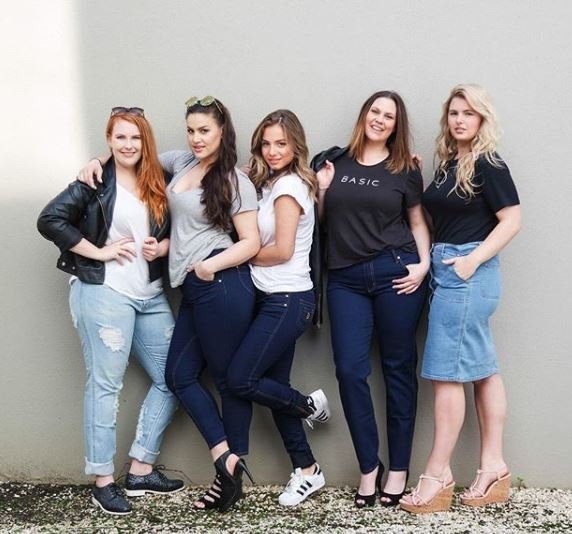 Australia’s most famous plus-size model was mortified. Men’s jeans, because nothing in her size was available? It wasn’t the only wardrobe insult meted out in that world of rail-thin bodies.“Most of the clothes chosen for my shoots were too small, so I had to wear them pinned or unzipped,” says Natalie Wakeling, recalling the early years of her modeling career.
Australia’s most famous plus-size model was mortified. Men’s jeans, because nothing in her size was available? It wasn’t the only wardrobe insult meted out in that world of rail-thin bodies.“Most of the clothes chosen for my shoots were too small, so I had to wear them pinned or unzipped,” says Natalie Wakeling, recalling the early years of her modeling career.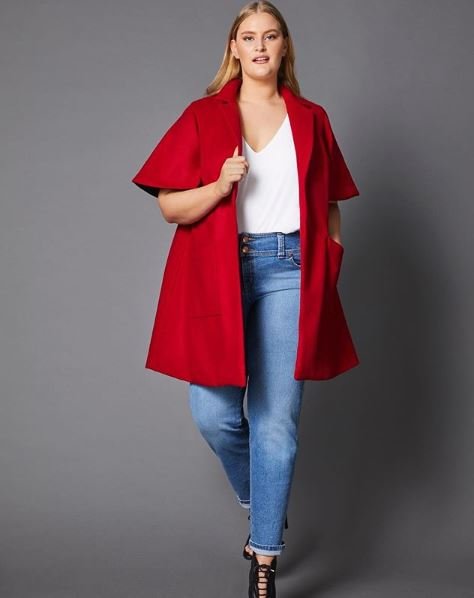 Two decades on, she is equally well-known as the founder and designer of Embody Women, the online plus-size label launched in 2006, starting with denims and now offering a comprehensive fashion range.Manufactured in Sydney and Melbourne – “not just to ensure quality control, but sustainability and fair work conditions” – Embody Women comes in sizes 8-22 and allows customers to send in their measurements so suitable styles can be recommended.Prominently featured on the label’s website are Nat’s Top Five wardrobe essentials, comprising a chic tailored skirt and linen shirt, a full-length jumpsuit and two pairs of jeans – one classic, the other sharply trendy.They underscore the Wakeling mantra: “Your size should not define your style”. Also the enigma that characterizes much of Australian designer women’s fashion.Namely, why is sizing so skewed towards thin bodies in a country where the average size is 14-16 and numerous women – including the young and trends-conscious - are more amply endowed?“It’s crazy to ignore a huge proportion of market share,” says Natalie. “If I were a venture capitalist, I’d be investing in plus-size brands.”Even crazier is the notion that a size 14-16 body is plus-size – except, of course, in the modeling industry and fashion glossies.It took two young trailblazers to break down that barrier: Natalie Wakeling, the curvaceous blonde beauty from Mudgee, NSW, who had moved to Sydney at 17 to study photography, and Mia Freedman, who was 24 when, in 1996, she became the youngest editor of Australian Cosmopolitan.
Two decades on, she is equally well-known as the founder and designer of Embody Women, the online plus-size label launched in 2006, starting with denims and now offering a comprehensive fashion range.Manufactured in Sydney and Melbourne – “not just to ensure quality control, but sustainability and fair work conditions” – Embody Women comes in sizes 8-22 and allows customers to send in their measurements so suitable styles can be recommended.Prominently featured on the label’s website are Nat’s Top Five wardrobe essentials, comprising a chic tailored skirt and linen shirt, a full-length jumpsuit and two pairs of jeans – one classic, the other sharply trendy.They underscore the Wakeling mantra: “Your size should not define your style”. Also the enigma that characterizes much of Australian designer women’s fashion.Namely, why is sizing so skewed towards thin bodies in a country where the average size is 14-16 and numerous women – including the young and trends-conscious - are more amply endowed?“It’s crazy to ignore a huge proportion of market share,” says Natalie. “If I were a venture capitalist, I’d be investing in plus-size brands.”Even crazier is the notion that a size 14-16 body is plus-size – except, of course, in the modeling industry and fashion glossies.It took two young trailblazers to break down that barrier: Natalie Wakeling, the curvaceous blonde beauty from Mudgee, NSW, who had moved to Sydney at 17 to study photography, and Mia Freedman, who was 24 when, in 1996, she became the youngest editor of Australian Cosmopolitan. In 2000, the pair created a publishing sensation. “I was 19 when Mia featured me in an eight-page fashion spread with no mention of the term ‘plus size’. This was followed up with a cover for Cosmo in 2005,” says Natalie.Buoyed by her success, Natalie flew to New York and was promptly booked by leading modeling agencies including Ford. The Americans may have loved her, but she had a husband and baby – first of her three sons – at home, so the adventure was short-lived.Still, the vibrant US plus-size market planted the seeds for Embody Women. “I did some business courses and used a government grant, to start my company,” says Natalie.She also had years of first-hand ragtrade experience. “I grew up in the back of my mother’s boutique in Mudgee – one of two boutiques she had in rural NSW – so I was immersed in fashion.”With its emphasis on flattering, classic shapes, quality fabrics and ethical manufacturing practices, Embody Women has won a strong following nationwide.Its founder has also continued modeling – “I’m now with Silver Fox Management for over-35s” – and may soon realize her dream to sell Embody Women in the world’s premier plus-size market.She is currently in negotiation with a major American department store, reveals Natalie Wakeling.- Zelda CawthorneWebsite: embodywomen.comInstagram: instagram.com/embodywomenFacebook: facebook.com/embodywomen
In 2000, the pair created a publishing sensation. “I was 19 when Mia featured me in an eight-page fashion spread with no mention of the term ‘plus size’. This was followed up with a cover for Cosmo in 2005,” says Natalie.Buoyed by her success, Natalie flew to New York and was promptly booked by leading modeling agencies including Ford. The Americans may have loved her, but she had a husband and baby – first of her three sons – at home, so the adventure was short-lived.Still, the vibrant US plus-size market planted the seeds for Embody Women. “I did some business courses and used a government grant, to start my company,” says Natalie.She also had years of first-hand ragtrade experience. “I grew up in the back of my mother’s boutique in Mudgee – one of two boutiques she had in rural NSW – so I was immersed in fashion.”With its emphasis on flattering, classic shapes, quality fabrics and ethical manufacturing practices, Embody Women has won a strong following nationwide.Its founder has also continued modeling – “I’m now with Silver Fox Management for over-35s” – and may soon realize her dream to sell Embody Women in the world’s premier plus-size market.She is currently in negotiation with a major American department store, reveals Natalie Wakeling.- Zelda CawthorneWebsite: embodywomen.comInstagram: instagram.com/embodywomenFacebook: facebook.com/embodywomen
Stepping high: the international star called holster
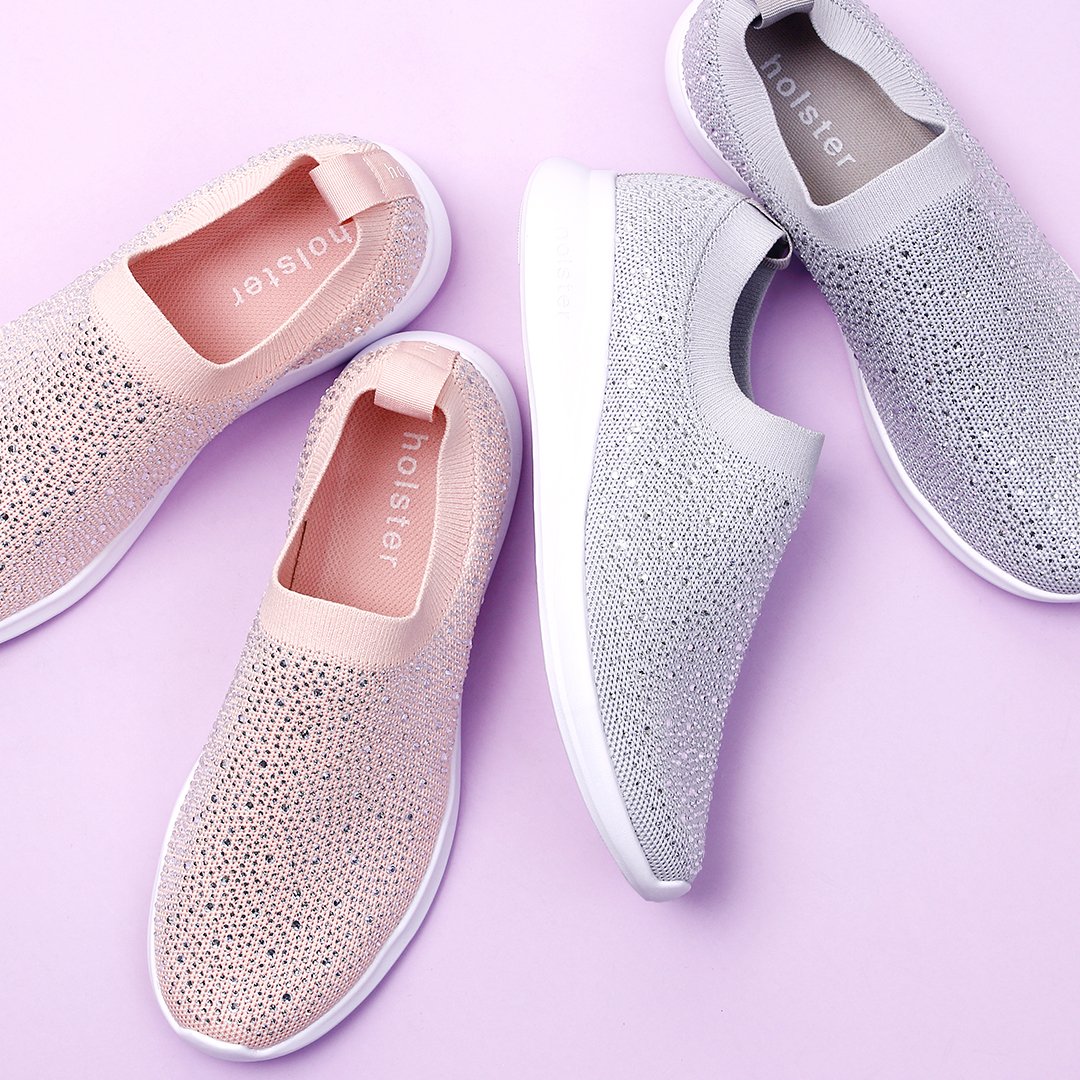 The Firefly sneaker, encrusted with 3,100 jewel studs, also has hidden treasures. Namely, the millions of tiny air bubbles injected into its outer sole which along with other podiatry features, provide whole-foot support, cushioning and superior spring - in short, perfect for fitness plus glamour.The just-released Firefly joins three other lightweight metallic knit sneaker styles created by Australian footwear favourite, holster.There will be plenty more to tempt at Fashion Exposed Now, assures Ben Nothling who with designer wife, Natalie Miller, launched the Noosa-based company in 2001 with a range of jelly sandals and espadrilles.Eighteen years on, holster is internationally renowned for its stylish, innovative collections for women and children. And, vital in this endangered age, its solid credentials for sustainability and ethical production.
The Firefly sneaker, encrusted with 3,100 jewel studs, also has hidden treasures. Namely, the millions of tiny air bubbles injected into its outer sole which along with other podiatry features, provide whole-foot support, cushioning and superior spring - in short, perfect for fitness plus glamour.The just-released Firefly joins three other lightweight metallic knit sneaker styles created by Australian footwear favourite, holster.There will be plenty more to tempt at Fashion Exposed Now, assures Ben Nothling who with designer wife, Natalie Miller, launched the Noosa-based company in 2001 with a range of jelly sandals and espadrilles.Eighteen years on, holster is internationally renowned for its stylish, innovative collections for women and children. And, vital in this endangered age, its solid credentials for sustainability and ethical production.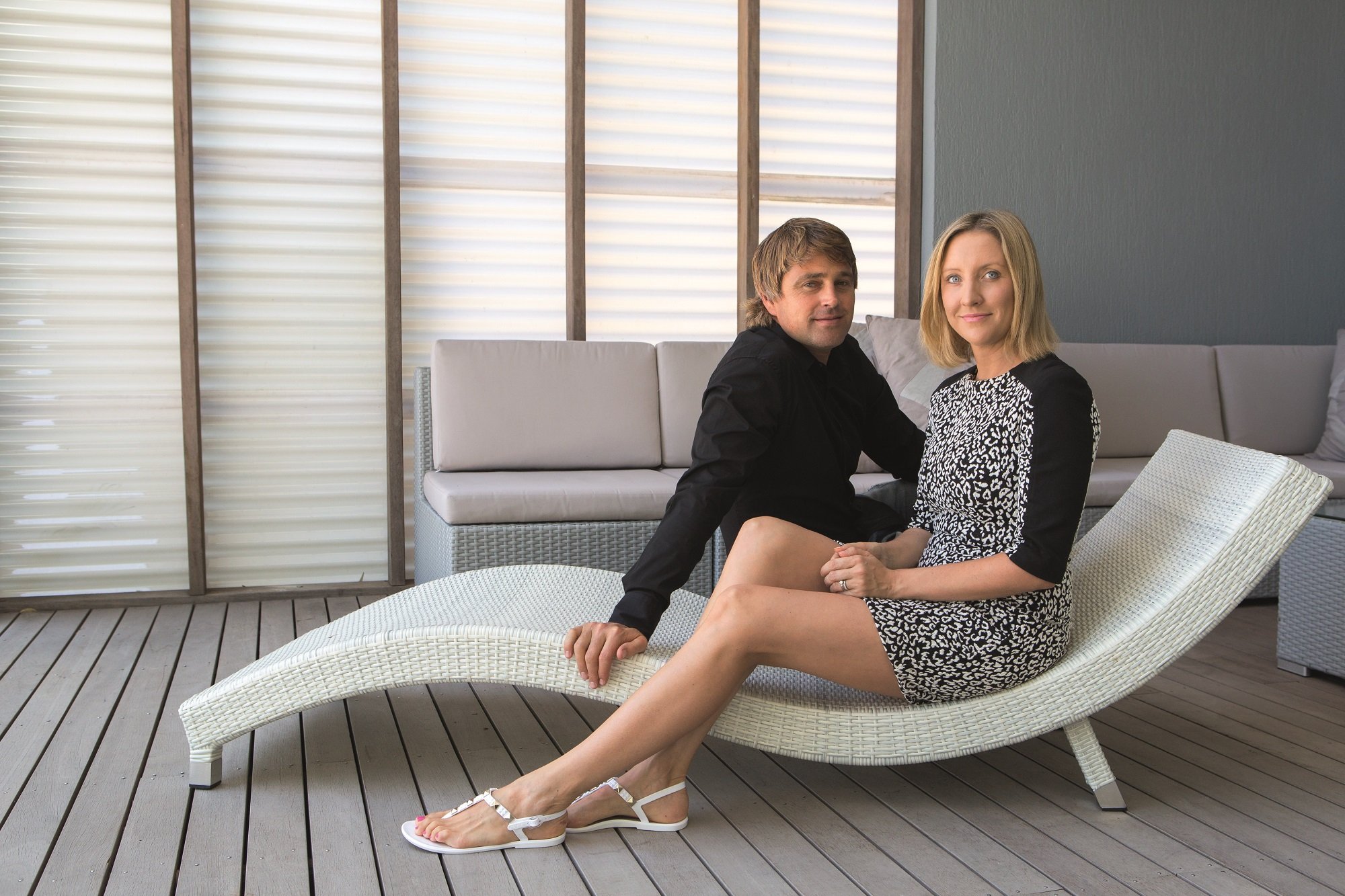
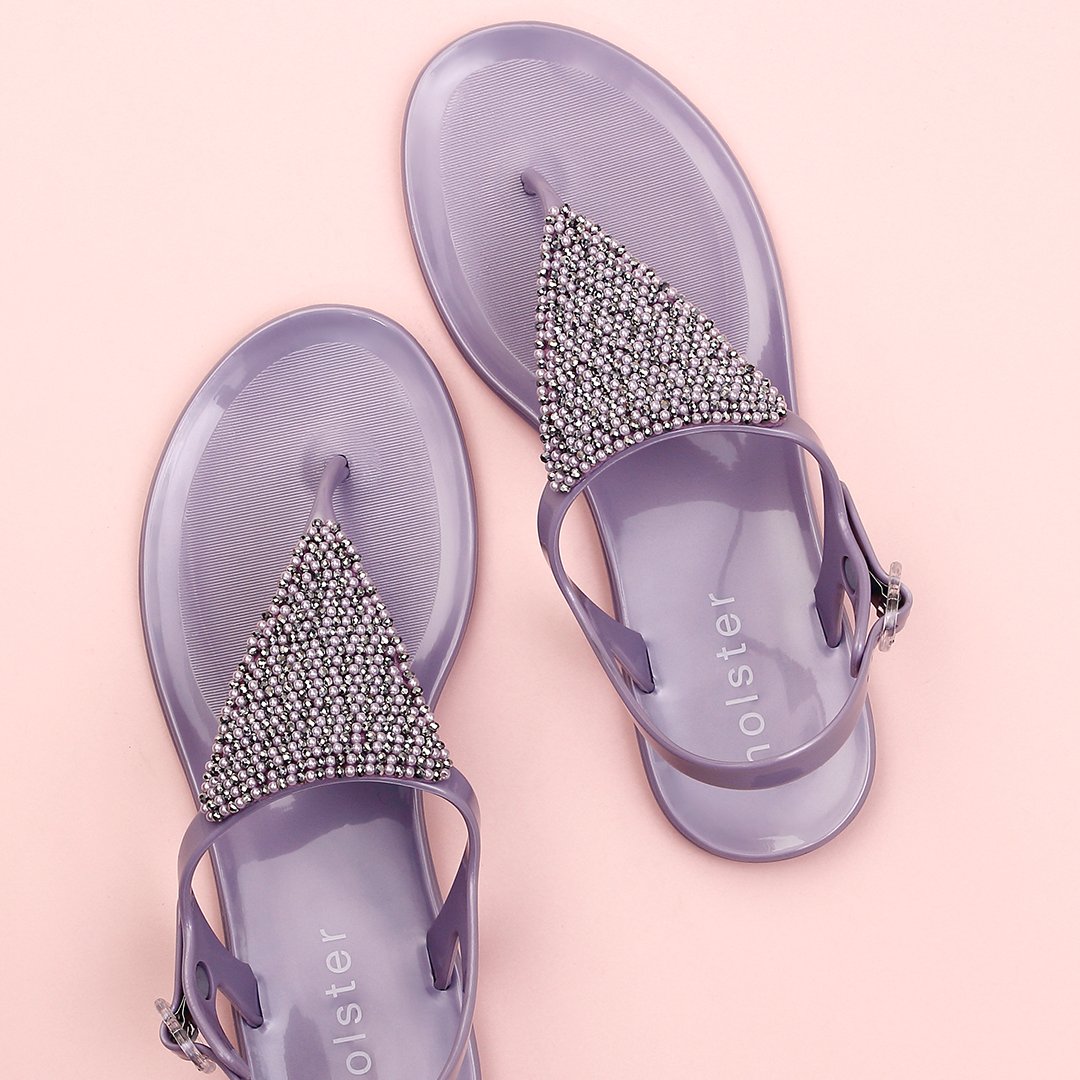 “Our footwear is 100 per cent vegan and certified by the Vegan Society in the UK,” says Ben. “No harmful chemicals go into its production and we don’t use animal products for materials such as glues.“It’s not just about ethics. The widespread use of toxic chemicals for cheap footwear is tremendously worrying, especially when it comes to children’s footwear, such as jelly shoes. Ours are not only safe, but fully recyclable.”A direct descendant of department store founder David Jones, Ben Nothling has clearly inherited entrepreneurial savvy. At 43, he runs a company that can boast more than 2,000 stockists across the globe and 2019 is shaping up as a bumper year.“Asia is our biggest market,” notes Ben. “We’re especially strong in Thailand - we recently opened our 25th boutique in Bangkok – and we’re stocked by key department stores in the region including Takashimaya, Central, Tangs, Sogo and Isetan.”A recent partnership with Indonesia’s leading retailer, MAP, which has some 2,200 stores, will substantially boost the holster brand in Australia’s closest Asian neighbour, and a major coup is about to take effect.“From March 20, holster will be available at Jewel, a fabulous new shopping hub inside the international terminals at Singapore’s Changi Airport,” reveals Ben. “It will give us exposure to millions of transiting travellers each year.”Central to holster’s success has been Natalie Miller, born and bred in Noosa. Now in her mid-30s and mother of the couple’s two young children, she is holster’s head designer – a formidable
“Our footwear is 100 per cent vegan and certified by the Vegan Society in the UK,” says Ben. “No harmful chemicals go into its production and we don’t use animal products for materials such as glues.“It’s not just about ethics. The widespread use of toxic chemicals for cheap footwear is tremendously worrying, especially when it comes to children’s footwear, such as jelly shoes. Ours are not only safe, but fully recyclable.”A direct descendant of department store founder David Jones, Ben Nothling has clearly inherited entrepreneurial savvy. At 43, he runs a company that can boast more than 2,000 stockists across the globe and 2019 is shaping up as a bumper year.“Asia is our biggest market,” notes Ben. “We’re especially strong in Thailand - we recently opened our 25th boutique in Bangkok – and we’re stocked by key department stores in the region including Takashimaya, Central, Tangs, Sogo and Isetan.”A recent partnership with Indonesia’s leading retailer, MAP, which has some 2,200 stores, will substantially boost the holster brand in Australia’s closest Asian neighbour, and a major coup is about to take effect.“From March 20, holster will be available at Jewel, a fabulous new shopping hub inside the international terminals at Singapore’s Changi Airport,” reveals Ben. “It will give us exposure to millions of transiting travellers each year.”Central to holster’s success has been Natalie Miller, born and bred in Noosa. Now in her mid-30s and mother of the couple’s two young children, she is holster’s head designer – a formidable 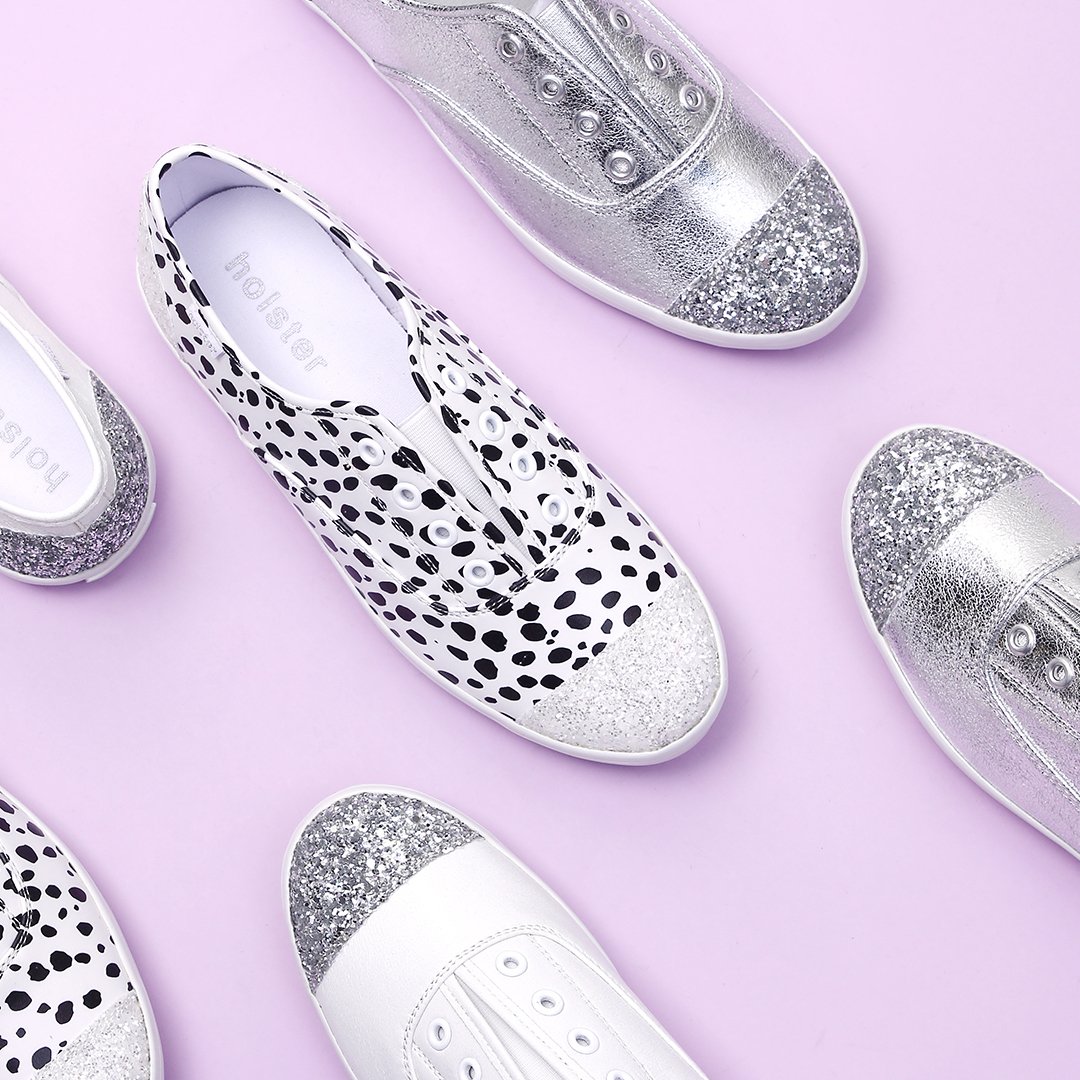 talent whose collections simultaneously evoke Australia’s iconic beach culture and a classiness that has universal appeal.Internationally recognised as a premium, yet affordable brand, holster has maintained its edge through state of the art technology, as well as its appeal to the fashion-conscious.Its new season bejeweled sandals, slides and flip-flops with their shock absorbent air-foam footbeds – “comparable to gently sinking into soft beach sand, easing pressure from the back and feet” – typify holster’s approach. So does Natalie’s distaste for fussiness and bling.Sandals, slides, thongs, wedges and espadrilles – like the sneakers, all are coolly elegant and for Spring-Summer 2019 feature a refined palette including rose gold, silver, pewter and nickel. They are also a podiatrist’s dream.“Along with our core principles of being sustainable, vegan-friendly and cruelty-free, we put a massive emphasis on health and comfort,” says Ben Nothling.- Zelda Cawthorne
talent whose collections simultaneously evoke Australia’s iconic beach culture and a classiness that has universal appeal.Internationally recognised as a premium, yet affordable brand, holster has maintained its edge through state of the art technology, as well as its appeal to the fashion-conscious.Its new season bejeweled sandals, slides and flip-flops with their shock absorbent air-foam footbeds – “comparable to gently sinking into soft beach sand, easing pressure from the back and feet” – typify holster’s approach. So does Natalie’s distaste for fussiness and bling.Sandals, slides, thongs, wedges and espadrilles – like the sneakers, all are coolly elegant and for Spring-Summer 2019 feature a refined palette including rose gold, silver, pewter and nickel. They are also a podiatrist’s dream.“Along with our core principles of being sustainable, vegan-friendly and cruelty-free, we put a massive emphasis on health and comfort,” says Ben Nothling.- Zelda Cawthorne
The magical, mystery world of invis-Able
Marc Jun is wearing an azure blue shirt that features a front panel and matching cuffs in black with green piping. Then he whips off the panel and cuffs – and ta-da, a classic business shirt!The 31-year-old designer who is a rising favourite in New Zealand is not into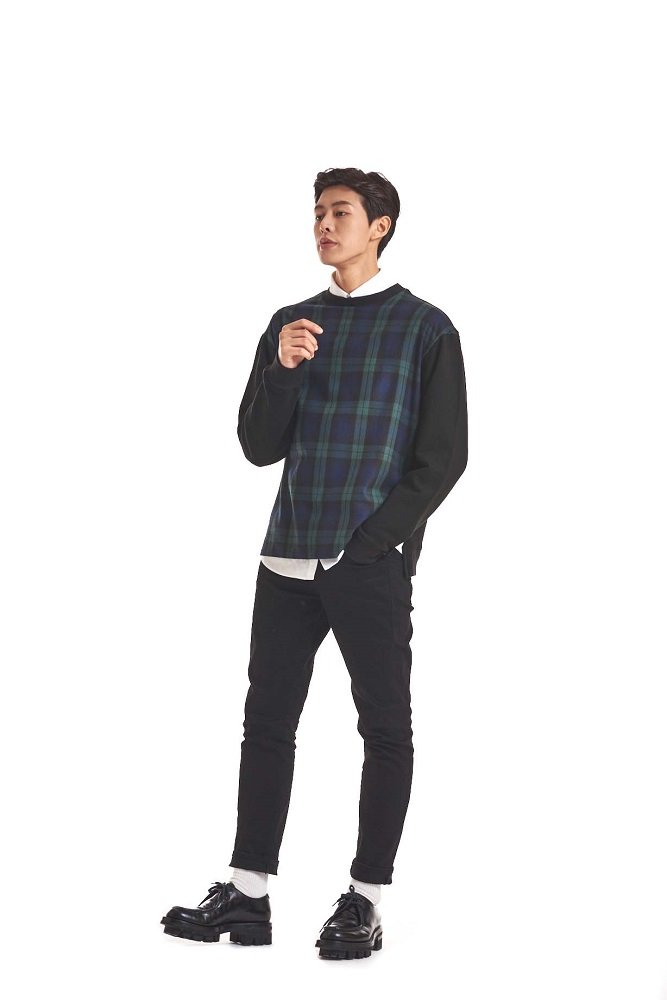 gimmicks. His unisex label invis-Able implies both mystery and practicality, and his new season collection, to be presented at Fashion Exposed Now, certainly delivers – versatile, inventive clothes full of surprises.Hidden pockets and zips, detachable sleeves, sweaters disguised as jackets – rarely has fashion been so much fun. It comes with a deeply-felt personal philosophy.“I asked myself: What makes me happy?” says Marc. “I’ve found that many material things and relationships may be satisfying at first, but quickly wear away. Instant gratification as a recipe for happiness is fake and unrealistic.“My work is inspired by the invisible things in life such as one’s thoughts, feelings and experiences – the things that define who we are. I express this through the unexpected features and hidden details in my garments. It’s like a playful game of hide and seek. Invis-Able makes you happy!”Born and raised in Seoul, Marc Wonseok Jun was 17 when he moved to New Zealand for tertiary studies that began with a diploma in business studies and became properly focused when he did a BA in fashion design at Otago Polytechnic.
gimmicks. His unisex label invis-Able implies both mystery and practicality, and his new season collection, to be presented at Fashion Exposed Now, certainly delivers – versatile, inventive clothes full of surprises.Hidden pockets and zips, detachable sleeves, sweaters disguised as jackets – rarely has fashion been so much fun. It comes with a deeply-felt personal philosophy.“I asked myself: What makes me happy?” says Marc. “I’ve found that many material things and relationships may be satisfying at first, but quickly wear away. Instant gratification as a recipe for happiness is fake and unrealistic.“My work is inspired by the invisible things in life such as one’s thoughts, feelings and experiences – the things that define who we are. I express this through the unexpected features and hidden details in my garments. It’s like a playful game of hide and seek. Invis-Able makes you happy!”Born and raised in Seoul, Marc Wonseok Jun was 17 when he moved to New Zealand for tertiary studies that began with a diploma in business studies and became properly focused when he did a BA in fashion design at Otago Polytechnic.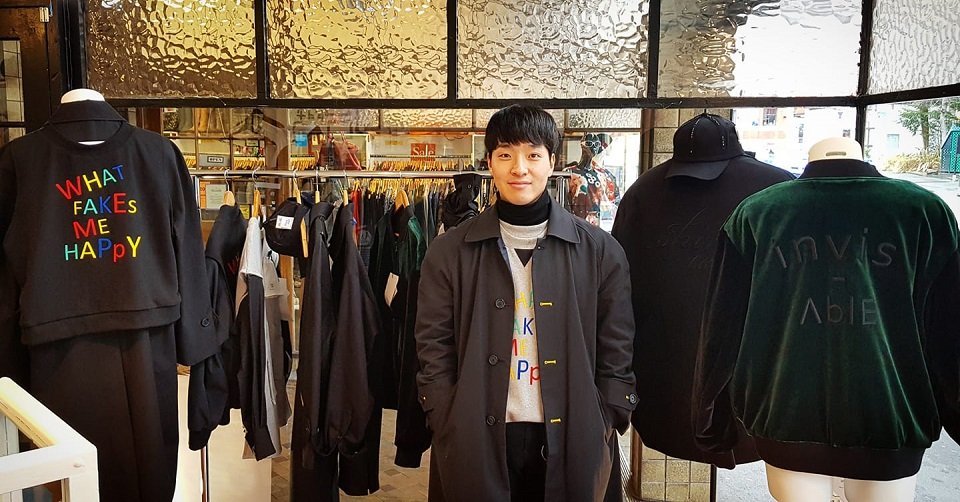 “I started looking for work as soon as I graduated, but was still searching after three months, so I joined a digital print studio. I worked there for two years and then launched my label.”An unexpected meeting at the 2011 iD Dunedin Fashion Week brought big dividends. Among the hot young international designers featured on the runway was London-based fellow South Korean Byungmun Seo and two hit it off.“Byungmun invited me to assist him at fashion trade shows in Paris and Milan during the summer of 2012 and it was a really important experience,” says Marc. “He’s become a big name since then.”
“I started looking for work as soon as I graduated, but was still searching after three months, so I joined a digital print studio. I worked there for two years and then launched my label.”An unexpected meeting at the 2011 iD Dunedin Fashion Week brought big dividends. Among the hot young international designers featured on the runway was London-based fellow South Korean Byungmun Seo and two hit it off.“Byungmun invited me to assist him at fashion trade shows in Paris and Milan during the summer of 2012 and it was a really important experience,” says Marc. “He’s become a big name since then.”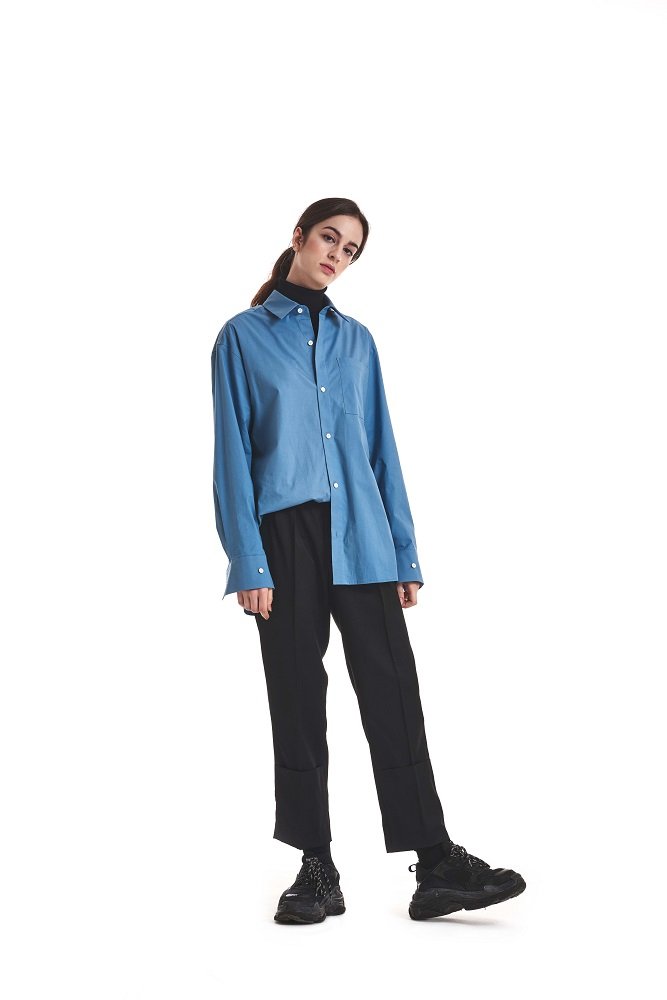 The boyish-looking charmer behind invis-Able is showing every sign of following suit. His clothes have won a strong following among the young and surprisingly, not-so-young – “it amazes me how many women in their 40s and 50s buy them” – and their reputation for superior fabrics and craftsmanship is well deserved.“I oversee production of my ranges in Seoul to ensure quality,” says Marc. “I’d love to have them manufactured in New Zealand, but because of all the detailing, it would be prohibitively expensive.”Top attractions in the designer’s latest collection which he’ll also be showing at a major Shanghai fair in March, include his super cool bomber jackets – a sensuous version is in velvet - and reversible trenchcoats. Apart from a plaid used for pants, tops and coats, it’s all solids in a mostly dark palette, though pale grey and tan are also used, and shirts in white or blue provide fresh, crisp contrast.“Growing up in Seoul influenced my use of colours - I tend to wear them in a safe way – so I usually limit my use of brights to fine details,” says Marc Jun.“There are exceptions, like one of my black trenchcoats which has a yellow contrast. That’s bold for me.”- Zelda Cawthorne
The boyish-looking charmer behind invis-Able is showing every sign of following suit. His clothes have won a strong following among the young and surprisingly, not-so-young – “it amazes me how many women in their 40s and 50s buy them” – and their reputation for superior fabrics and craftsmanship is well deserved.“I oversee production of my ranges in Seoul to ensure quality,” says Marc. “I’d love to have them manufactured in New Zealand, but because of all the detailing, it would be prohibitively expensive.”Top attractions in the designer’s latest collection which he’ll also be showing at a major Shanghai fair in March, include his super cool bomber jackets – a sensuous version is in velvet - and reversible trenchcoats. Apart from a plaid used for pants, tops and coats, it’s all solids in a mostly dark palette, though pale grey and tan are also used, and shirts in white or blue provide fresh, crisp contrast.“Growing up in Seoul influenced my use of colours - I tend to wear them in a safe way – so I usually limit my use of brights to fine details,” says Marc Jun.“There are exceptions, like one of my black trenchcoats which has a yellow contrast. That’s bold for me.”- Zelda Cawthorne
Bamboo Body: Looking better than ever
Some paper, a black marker pen, a flash of inspiration. Armed with those basics, Bamboo Body’s creative coordinator and graphic designer, Mel Broughton, sketched some gum tree leaves and 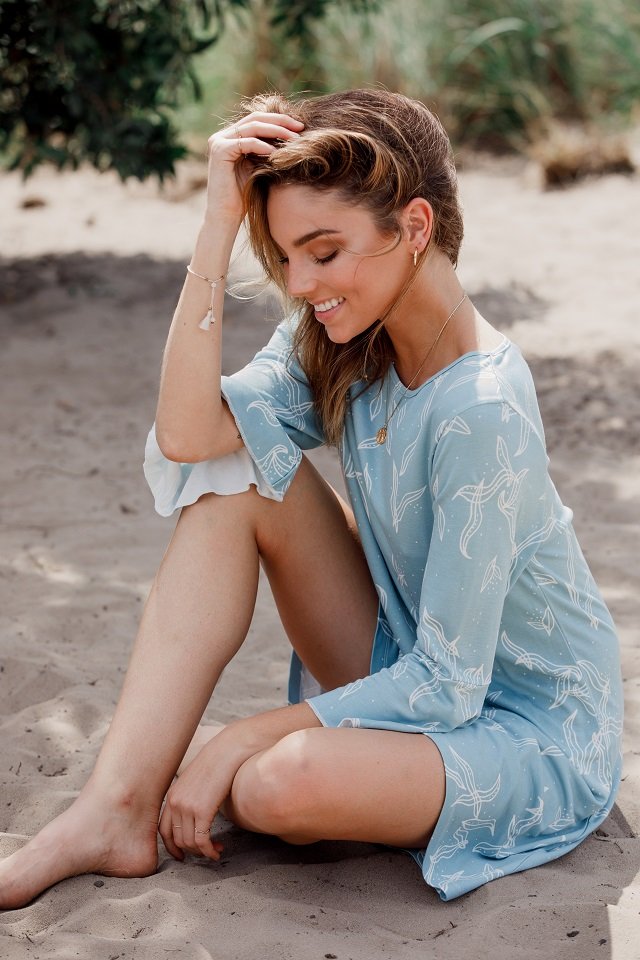 scanned the drawing into her computer to see if it would work as a fabric print.It needed just a few refining touches. Colours came next – the leaf outlines in ivory over a light blue background – and so, the Eucalyptus Print Collection was born in late 2018.Its fresh, relaxed dresses and separates will be among several new season standouts presented at Fashion Exposed Now by Bamboo Body, the Sydney-based label founded in 2005 by sisters Elouise Danby and Amanda Naess.“Look Good. Feel Good. Do Good” is Bamboo Body’s slogan. The philosophy behind it – clothing can be beautiful and sustainable - has never wavered, though one thing has changed dramatically.Notes Elouise: “When we began, eco fashion was seen as a bit alternative; now it’s mainstream because awareness of global warming and damage to the environment has grown hugely.“Back in 2005, Amanda and I realized there was a gap in the market for genuinely sustainable fashion.“Australian cotton farms have a massively destructive impact on waterways, so cotton was out as a key material. Then we got some bamboo fabric samples and wow, they were amazing – so soft and light.”
scanned the drawing into her computer to see if it would work as a fabric print.It needed just a few refining touches. Colours came next – the leaf outlines in ivory over a light blue background – and so, the Eucalyptus Print Collection was born in late 2018.Its fresh, relaxed dresses and separates will be among several new season standouts presented at Fashion Exposed Now by Bamboo Body, the Sydney-based label founded in 2005 by sisters Elouise Danby and Amanda Naess.“Look Good. Feel Good. Do Good” is Bamboo Body’s slogan. The philosophy behind it – clothing can be beautiful and sustainable - has never wavered, though one thing has changed dramatically.Notes Elouise: “When we began, eco fashion was seen as a bit alternative; now it’s mainstream because awareness of global warming and damage to the environment has grown hugely.“Back in 2005, Amanda and I realized there was a gap in the market for genuinely sustainable fashion.“Australian cotton farms have a massively destructive impact on waterways, so cotton was out as a key material. Then we got some bamboo fabric samples and wow, they were amazing – so soft and light.”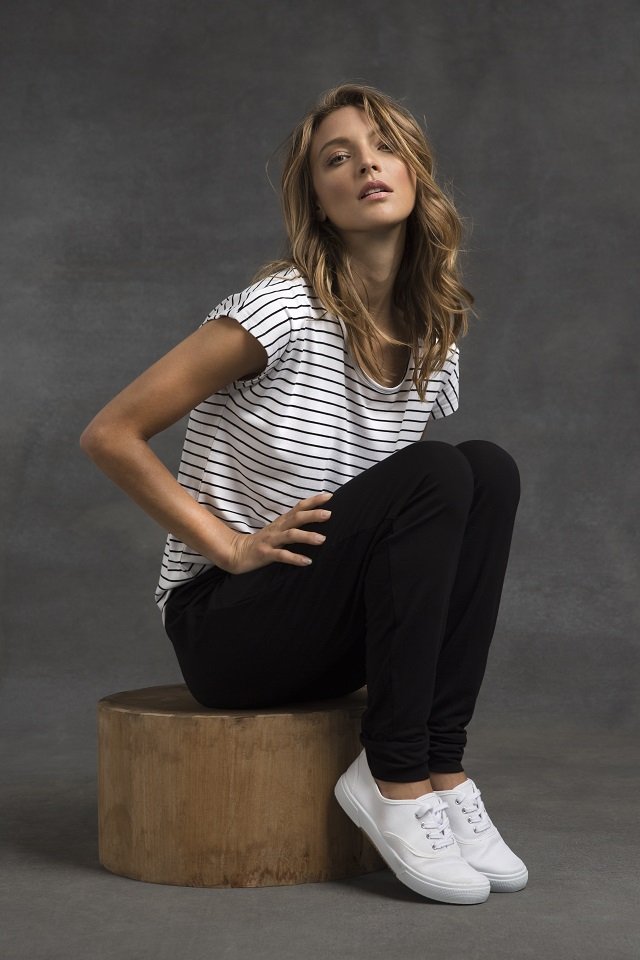 As the sisters soon discovered, bamboo not only drapes like a dream and blends well with other natural fibres, but is breathable and absorbs moisture, making it ideal for sensitive skin. As for the bamboo plant’s exceptionally low carbon footprint – truly one of nature’s superstars!Raised in NSW coastal town, Kiama – “still my favourite place in the world” – Elouise found herself at a sewing machine from age 13. “I’m small and read-to-wear didn’t work for me because I fell into the size gap between clothes for kids and adults, so I designed and made my own,” says the petite mother of two who heads operations and design at Bamboo Body.The strategy devised by the Elouise and Amanda could serve as a blueprint for long-term success: predominantly trans-seasonal, affordably priced collections that focus on classic design, wardrobe staples, unique inhouse prints and – increasingly demanded by the public – production practices that are environmentally and socially responsible.China has played a key role. The organically grown bamboo used by Bamboo Body is farmed in Yunnan Province and the Suzhou factory used by the company is committed to reducing emissions and recycling waste, and employs no workers under the age of 18.Other sustainable measures at Bamboo Body include using recycled paper and cardboard, and transporting their manufactured garments by sea rather than air, though of course all depends on the success of the collections.
As the sisters soon discovered, bamboo not only drapes like a dream and blends well with other natural fibres, but is breathable and absorbs moisture, making it ideal for sensitive skin. As for the bamboo plant’s exceptionally low carbon footprint – truly one of nature’s superstars!Raised in NSW coastal town, Kiama – “still my favourite place in the world” – Elouise found herself at a sewing machine from age 13. “I’m small and read-to-wear didn’t work for me because I fell into the size gap between clothes for kids and adults, so I designed and made my own,” says the petite mother of two who heads operations and design at Bamboo Body.The strategy devised by the Elouise and Amanda could serve as a blueprint for long-term success: predominantly trans-seasonal, affordably priced collections that focus on classic design, wardrobe staples, unique inhouse prints and – increasingly demanded by the public – production practices that are environmentally and socially responsible.China has played a key role. The organically grown bamboo used by Bamboo Body is farmed in Yunnan Province and the Suzhou factory used by the company is committed to reducing emissions and recycling waste, and employs no workers under the age of 18.Other sustainable measures at Bamboo Body include using recycled paper and cardboard, and transporting their manufactured garments by sea rather than air, though of course all depends on the success of the collections.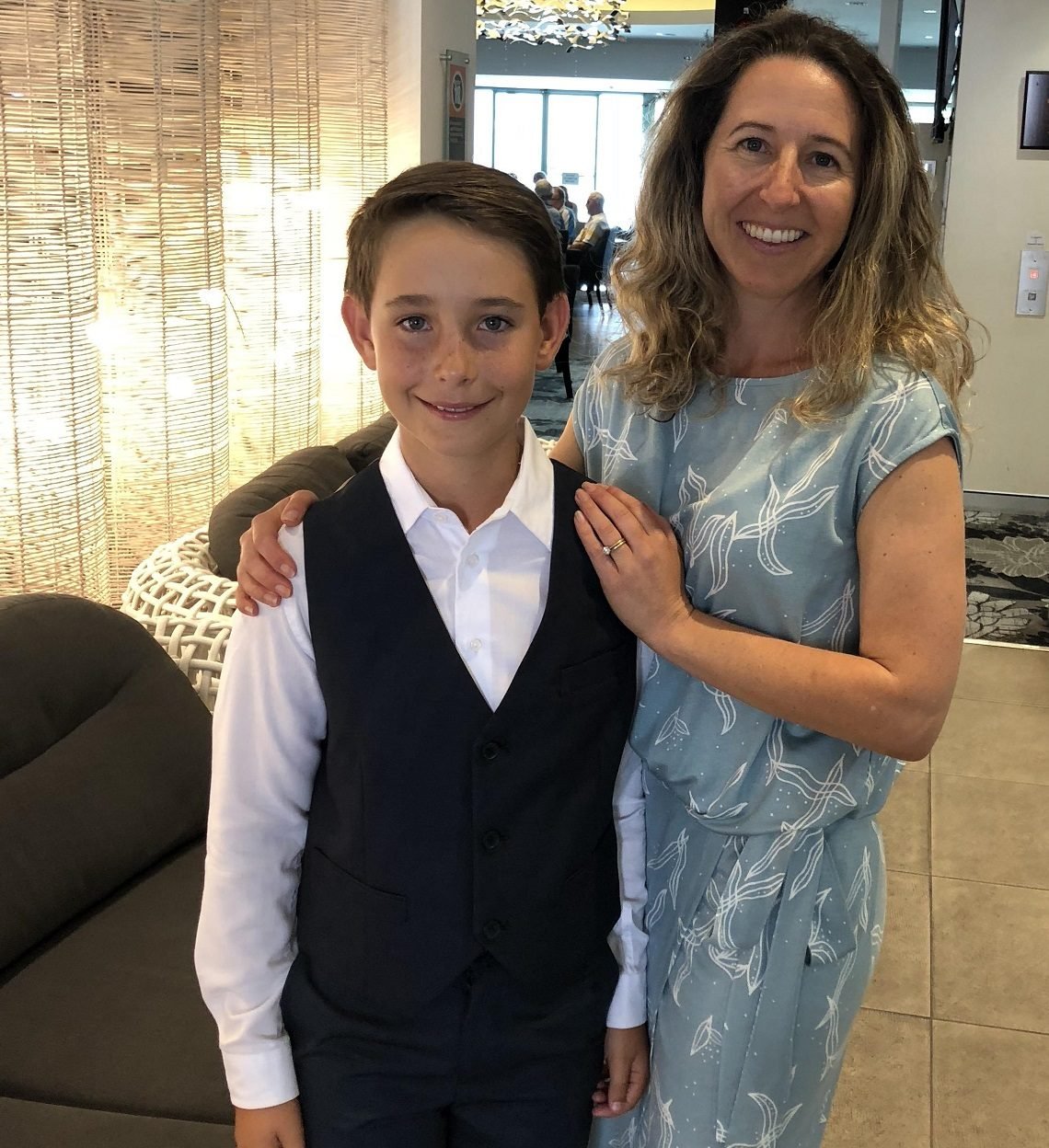 Their popularity in outlets across Australia looks set to continue. While women’s outerwear dominates, there’s also a menswear range and categories include underwear, sleepwear, maternity and knitwear which features blends such as bamboo/cashmere.An important point of difference has been the talented Mel Broughton’s prints, first introduced three years ago. All have been hits and her latest designs will feature at Fashion Exposed Now.“One of them is the Grid Print – a little abstract and great for woven pieces,” says Elouise Danby. “Another is a soft floral for a women’s pyjama collection that we’ll be launching at the fair.” - Zelda Cawthorne
Their popularity in outlets across Australia looks set to continue. While women’s outerwear dominates, there’s also a menswear range and categories include underwear, sleepwear, maternity and knitwear which features blends such as bamboo/cashmere.An important point of difference has been the talented Mel Broughton’s prints, first introduced three years ago. All have been hits and her latest designs will feature at Fashion Exposed Now.“One of them is the Grid Print – a little abstract and great for woven pieces,” says Elouise Danby. “Another is a soft floral for a women’s pyjama collection that we’ll be launching at the fair.” - Zelda Cawthorne




